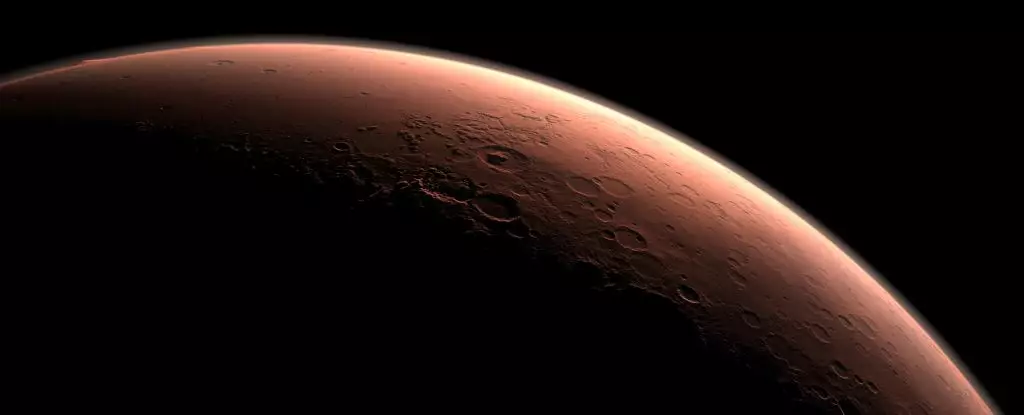The pursuit of extraterrestrial life has long captivated humanity, drawing scientists and amateurs alike into the intimate dance of discovery and speculation. Mars, known as the Red Planet, has been a prime candidate in this search; however, conclusive evidence of life on its surface remains elusive. Recent reevaluations of past Mars missions, particularly the Viking landers of the 1970s, shed light on the possible existence of life, challenging our understanding and methodologies.
A Journey into the Past: The Viking Missions
Launched in the mid-1970s, the Viking landers were monumental in our exploration of Mars. They aimed to investigate the Martian soil for signs of life, focusing on biosignatures—molecular traces indicative of biological processes. While none of the Viking missions definitively confirmed life, their findings sparked debates that continue to this day. The gas chromatograph-mass spectrometer (GCMS) found chlorinated organic compounds, which were initially dismissed as contamination from Earth. Modern understanding, however, reveals that these organics might be indigenous to Mars, further complicating the narrative of our search for life.
The GCMS experiment, however, raises a critical question. Did the methods employed to search for life inadvertently destroy the evidence they sought? This possibility, presented by astrobiologist Dirk Schulze-Makuch, prompts a reassessment of our approach to Martian exploration. The argument highlights a potential flaw in the Viking methodology: the heating process required to analyze soil samples might have incinerated or altered the biological materials expected to be present. This reflects a larger issue in astrobiology—our preconceived notions about life could hinder evidence collection.
Beyond the GCMS, Viking conducted other significant experiments aimed at detecting life, notably the labeled release (LR) and pyrolytic release (PR) experiments. The LR experiment infused Martian soil with nutrients and attempted to measure metabolic activity, while the PR experiment aimed to detect photosynthesis. Historical interpretations of these experiments painted a complex picture: some results suggested activity, while others indicated a barren landscape.
Interestingly, recent analyses indicate that the LR and PR experiments yielded stronger signals when less water was added to the Martian samples. Schulze-Makuch argues that the methodologies were potentially misguided, grounded too firmly in terrestrial analogs of life. The disparity between results from hydrated versus dry conditions hints at the possibility that life on Mars could be radically different from anything found on Earth. Hypothetical dry-adapted Martian organisms might not respond well to water stimuli, leading to misleading results in experiments designed under Earth-centric assumptions.
Reframing Our Search: Learning from Past Oversights
This introspection calls for a significant paradigm shift within planetary science. Future missions to Mars must consider the ecological context of the environment. Schulze-Makuch advocates sending a dedicated mission focused solely on searching for life, taking into account potential dry-adapted organisms that may thrive in Mars’ extreme conditions.
By prioritizing the design of experiments that accommodate the unique environmental factors of Mars, scientists can enhance the likelihood of discovering life. Advanced technologies and methodologies could be developed to test for resilience in lower water environments or other Martian conditions. If life exists—or existed—on Mars, it may not conform to our terrestrial preconceptions of biology.
Although the Viking landers did not deliver concrete evidence of life on Mars, their legacy fuels ongoing investigations and reassessments. The specter of past experiments possibly misinterpreting results due to methodological flaws highlights a crucial juncture in the scientific process: the need for humility and flexibility in our understanding of life and its myriad forms.
In the end, the narrative of Martian exploration is one of curiosity and caution, a delicate balance between exploring the unknown and the limitations of our existing frameworks. While past expeditions have added layers of complexity and ambiguity, they are essential as we prepare for future journeys. Every new mission carries the hope of refining our techniques, reaffirming our purpose, and perhaps, unlocking the secrets of whatever resides on the Red Planet. The quest for understanding life beyond Earth is as invigorating as it is humbling, reminding us that in the vastness of the cosmos, our own experience of existence remains uniquely intertwined with mystery.


Leave a Reply